Tag: Decade: 2000s
-
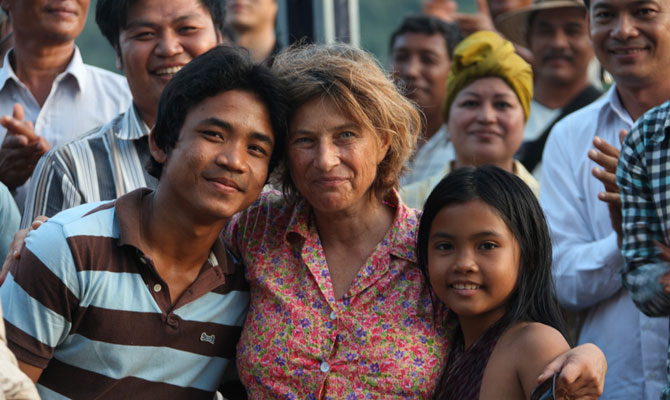
Chantal Akerman: Madwomen (and Men) in the Jungle
Originally published at Mubi.
-
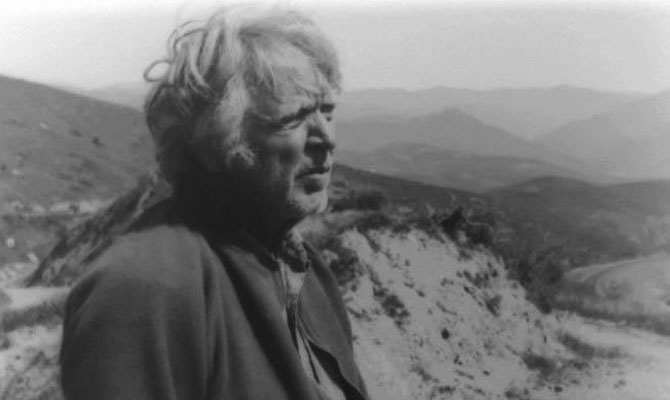
James Benning: Naked Repose
Originally published at Mubi.
-
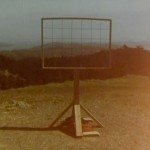
Wavelengths: Tamalpais and Hotel Roccalba
Short responses to Chris Kennedy’s Tamalpais and Josef Dabernig’s Hotel Roccalba.
-

2009 SFIFF Diary 3
Petter Greenaway’s Rembrandt’s J’Accuse and The Other One by Patrick Mario Bernard and Pierre Trividic.
-
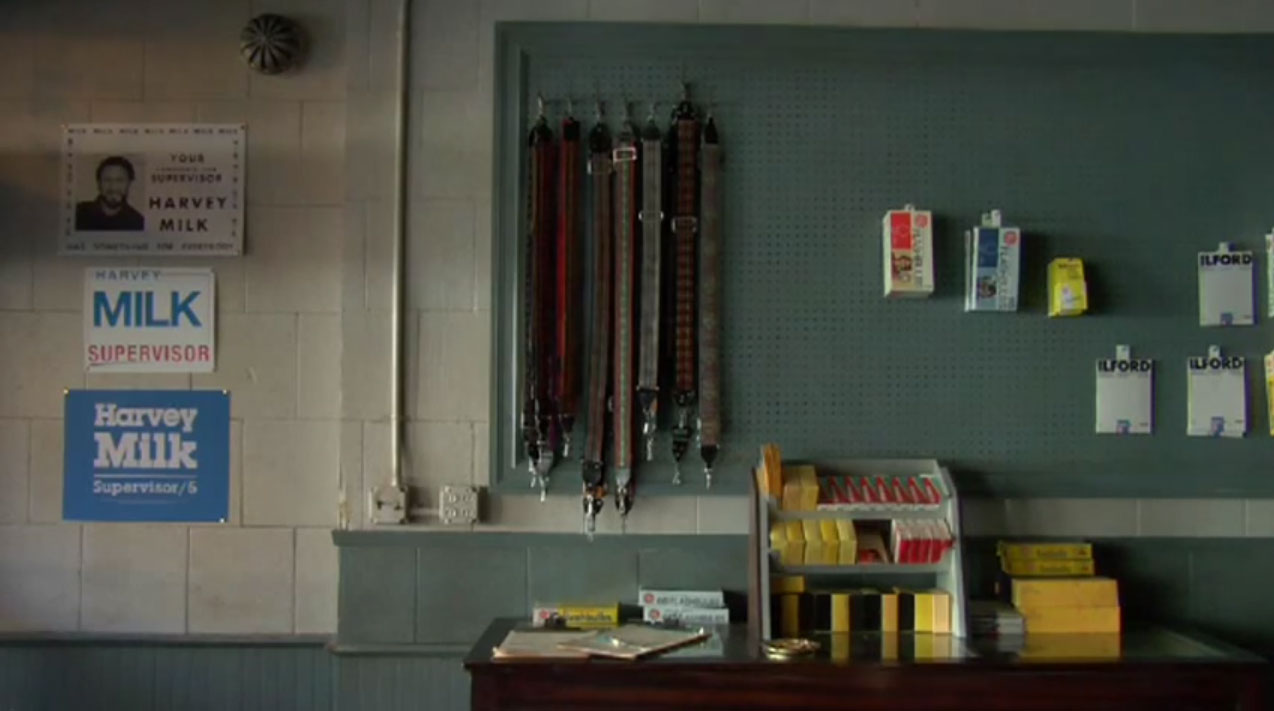
575 Castro St.
When I spoke to Olson after the screening, she told me how overwhelming it was to visit the set, to listen to Milk’s voice, and to know that it was here — right here — that he contemplated his imminent murder. She’s translated that experience well to her film, which is ghostly and deeply moving. But, of course, it wasn’t right here that Milk made his tape. This is a meticulously dressed set.
-
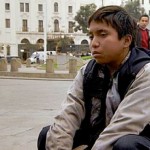
2009 SFIFF Diary 2
Heddy Honigmann’s Oblivion, Frazer Bradshaw’s Everything Strange and New, Claire Denis’s 35 Shots of Rum (yes, again), Javor Gardev’s Zift, and Mikheil Kalatozishvili’s Wild Field.
-

2009 SFIFF Diary 1
Atom Egoyan’s Adoration and Catherine Breillat’s Bluebeard.
-
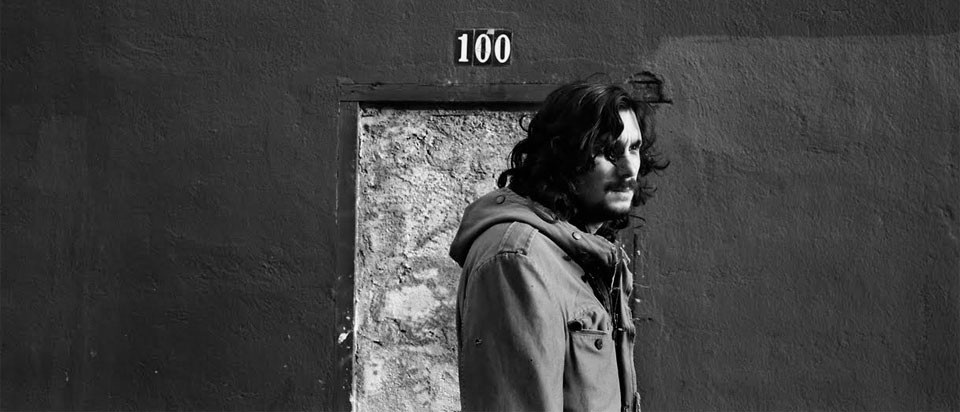
Lisandro Alonso: Who’s John Ford?
Originally published at Senses of Cinema.
-
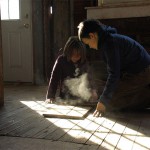
St. Nick (2009)
American “regional” cinema (again with the ironic scare quotes), especially that of the indie variety, has an unfortunate tendency to come off like tourism, in the sense that the camera is too often set up in front of objects that only reinforce our preexisting sense of the place. “The South,” for example, is often reduced to a now-vacant and picturesque block of what was once a small town’s main street before the interstate and Wal-Mart moved in.
-
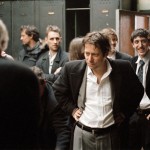
Heartbeat Detector (2008)
Heartbeat Detector is a tricky one. Immediately after my first viewing a couple weeks ago, I went searching for decent writing about it but found slim pickings. Judging by the responses of most critics I’ve found online, it’s little more than a too-long and “oh so European” corporate thriller. Unflattering comparisons to Michael Clayton are the norm, and there’s a not-so-subtle (and strangely patronizing) animosity running through the reviews: that a film would seriously compare the workings of modern capital to the Holocaust is just too much, apparently.
-
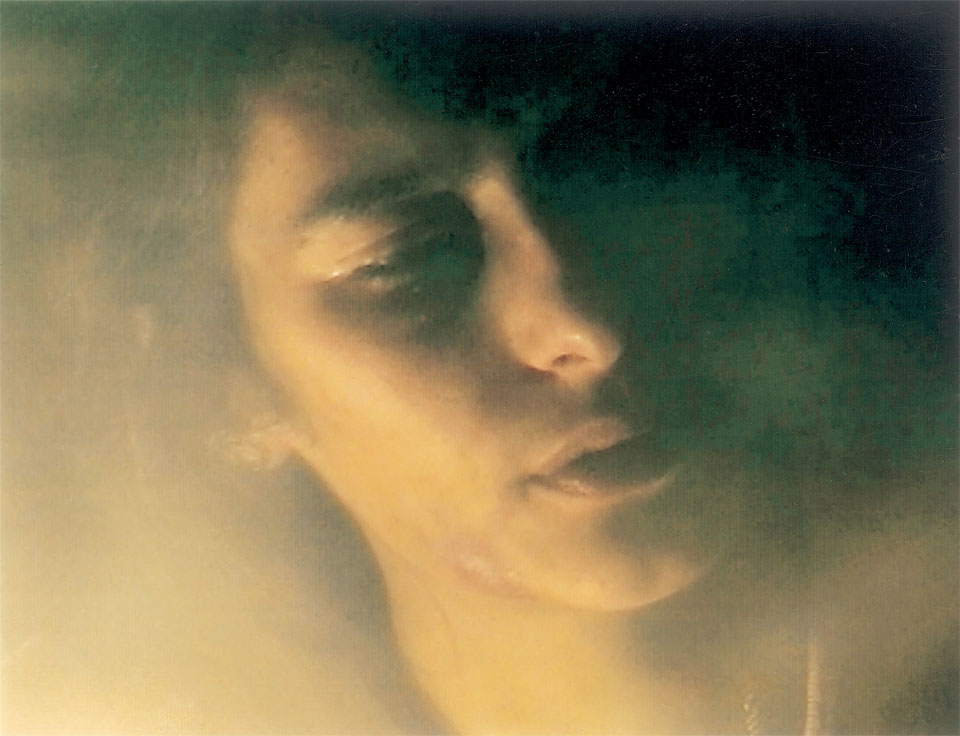
Pedro Costa’s “Vanda Trilogy” and the Limits of Narrative Cinema as a Contemplative Art
This essay was originally published in Faith and Spirituality in Masters of World Cinema (2008), edited by Kenneth Morefield for Cambridge Scholars Publishing.
-

RR (2007)
Thirteen Ways of Looking at a Railroad (with apologies to Wallace Stevens)
-
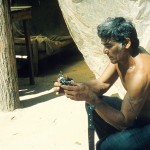
Los Muertos (2004)
What fascinates me about Los Muertos is that it explores the connection between form and content by taking all of the tropes of “transcendental cinema” and staining them, by narrative means, with dread and violence. It reminds me of Brian Eno’s answer (apocryphal, perhaps) when he was asked if he was the father of New Age music: “No, my music has evil in it.”
-
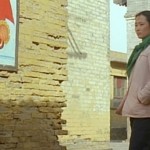
Platform (2000)
With so many directors now throwing in their cameras with the “single-shot scenes from a fixed position” school of filmmaking, there’s a growing problem for those of us who believe that a fundamental job of critics is to accurately describe what we see. Films built almost entirely from images that would have been described traditionally as “establishing shots” beg the question: How does one describe and evaluate this kind of montage (if that’s even the right word)?
-
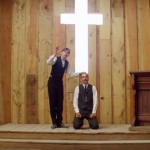
There Will Be Blood (2007)
Like nearly everyone else, apparently, I was overwhelmed by the sheer force of will in Anderson’s filmmaking but am still unsure of what to make of it, exactly.
-
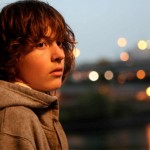
2007 TIFF Day 8
Gus Van Sant’s Paranoid Park, Lee Kang-sheng’s Help Me Eros, Nanouk Leopold’s Wolfsbergen, and Alessandro Capone’s L’Amour Cache.
-

2007 TIFF Day 7
Catherine Breillat’s Une vieille maitresse, Brian De Palma’s Redacted, and Jose Luis Guerin’s Dans la ville de Sylvie.
-

2007 TIFF Day 6
Carlos Reygadas’s Silent Light, Bernard Emond’s Contre Toute Esperance, and Celine Sciamma’s Naissance des pieuvres.
-
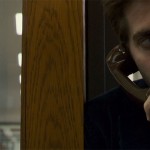
A Few Words About Zodiac
David Fincher’s Zodiac is absolutely haunted by the specter of technology and by the present-day confidence we have in its objectivity.
-
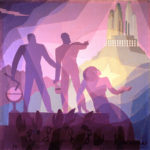
Colossal Youth (2006)
Nearly all of the press coverage of Colossal Youth has been accompanied by the same low-angle shot of Ventura, the film’s protagonist. He’s an elderly man, tall and thin. In this particular image, we see little of his face — just one eye peering over his right shoulder. The photo is dominated, instead, by the stark lines and sharp angles of a newly-constructed, State-funded tenement high-rise that blots out the sky behind him.
-
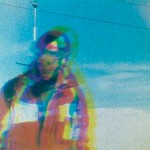
Schuss! (2005)
Nicolas Rey’s Schuss! is an experimental essay film that is concerned, ultimately, with the spoils of capitalism. More specifically, it’s about the rise of the aluminum industry, the building of a French ski resort, and the economic interests that joined the two.
-
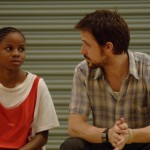
Half Nelson (2006)
It’s rare these days when I find myself identifying with a character in the same way that, say, the 7-year-old version of me identified with Charlie Bucket or the 15-year-old version of me identified with Holden Caulfield. But Dan Dunne, the crack-addicted, idealistic History teacher played by Ryan Gosling in Half Nelson, is more like me than any other character I’ve met in quite some time.
-

The Black Dahlia (2006)
I’m nowhere near deciding yet whether or not The Black Dahlia is good, but it’s certainly among the strangest and most fascinating Hollywood films I’ve seen in quite some time.
-
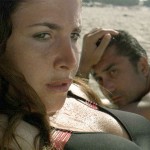
Three for Three
Perhaps it’s simply the inevitable result of paring down my schedule from 44 films in 2005 (only 35 of which I actually saw) to “only” 33 this year, but my sense while researching and planning over the past weeks was that TIFF’s lineup is stronger, top to bottom, this time around than in previous years.
-
Collins and Jost
What most interests me — and what I lack a vocabulary to properly describe — is the direct connection between the form and political content in both of these films. That brief frisson that occurs when the pose drops — when a person who lives in an image-marketed and -mediated culture suddenly finds herself set adrift in the semiological flux — that moment, I think, is an instance of political resistance.
-
A Long Way Down (2005)
Kakutani’s reading seems lazy to me. She’s misjudged these folks — not to mention Hornby’s intentions — and is punching herself silly, chasing after her straw men.
-

Birth (2004)
Anna so quickly and so easily falls in love with the young Sean not because he’s a manifestation of her dead husband but because he so effortlessly performs a role that is wholly the work of Anna’s imagination. She has conjured an idealized version of Sean through the magical incantation of her love letters.
-
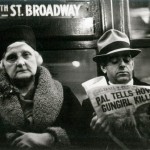
Code Unknown (2000)
“People’s faces are in naked repose down in the subway,” Evans tells us, but why should we believe him? I’m not sure that I do, and Haneke almost certainly doesn’t.
-
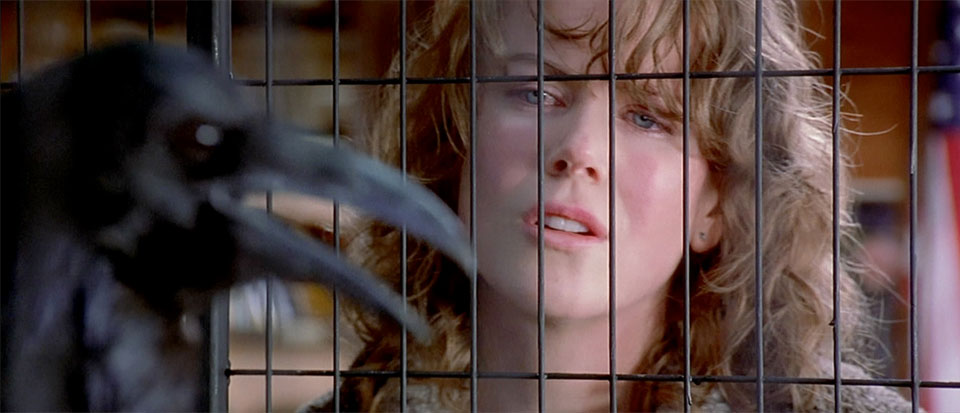
The Human Stain (2003)
But the adaptation of a written text to film also necessarily foregrounds the authority of images, imposing specificity on what an author might have chosen to describe more generally. I was surprised, for example, to find myself suddenly moved by an image of the small boxes in which Faunia stores the ashes of her dead children. In the novel, surprisingly little emphasis is placed on the ashes; Roth does not make of them an excuse for one of his patented ten-page diversions.
-
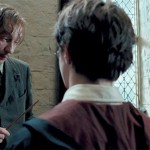
Harry Potter and the Prisoner of Azkaban (2004)
Having already proven his deftness with coming-of-age stories, Cuaron (along with screenwriter Steven Kloves) understands that all the sound and fury of big budget spectacle signifies little unless it’s in the service of character, and so, here, the novel’s 400+ pages are neatly trimmed to show a single but significant stage of Harry’s development.